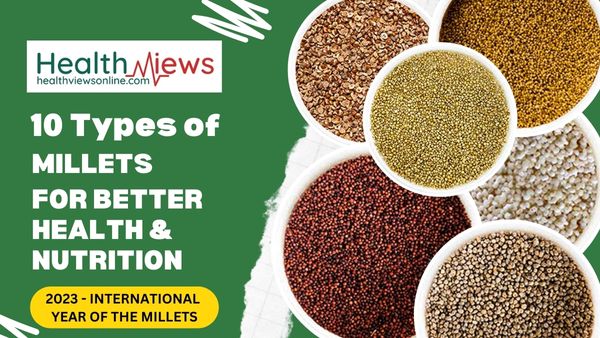Millets are a group of highly nutritious grains that have been consumed by humans for centuries, especially in regions with poor soil quality and low rainfall. These grains are packed with essential nutrients, such as fiber, vitamins, and minerals, and are also gluten-free, making them an excellent choice for people with celiac disease. With the rise in awareness of the benefits of a healthy lifestyle and the importance of a balanced diet, various types of millets are gaining popularity as a healthy alternative to traditional wheat and rice. The versatility of millets in terms of their taste and texture has also contributed to their growing popularity, making them a popular choice among health-conscious individuals and food enthusiasts alike.
Also, Read All about Climatarian Diet: A Detailed Guide on Climatarian Diet for Beginners!
RAGI (FINGER MILLET):
Ragi, also known as finger millet, is one of the very popular types of millets variety widely consumed in India, Africa, and parts of Asia. It is a rich source of calcium, protein, and essential amino acids, making it an ideal food for vegetarians and vegans. Ragi is also gluten-free, making it an excellent alternative for people with celiac disease or gluten intolerance. It has a low glycemic index, which means that it helps regulate blood sugar levels and keeps you feeling fuller for longer periods of time. Ragi is often used to make porridge, flatbreads, and cookies.

KODO MILLET
Kodo millet is a small-grain millet grown in India, Nepal, and parts of Southeast Asia. It is a rich source of protein, dietary fiber, and essential minerals such as iron and calcium. Kodo millet is gluten-free and has a low glycemic index, making it an excellent food for people with diabetes or those trying to lose weight. It has a nutty flavor and is often used to make porridge, pilaf, and flatbreads.

SORGHUM
Sorghum, also known as jowar, is a type of cereal grain that is widely cultivated in Africa, India, and parts of Asia. It is a rich source of protein, dietary fiber, and essential minerals such as iron, magnesium, and phosphorus. Sorghum is gluten-free and has a low glycemic index, making it an excellent food for people with celiac disease, diabetes, or those trying to lose weight. It has a mild, sweet flavor and is often used to make porridge, bread, and flatbreads.
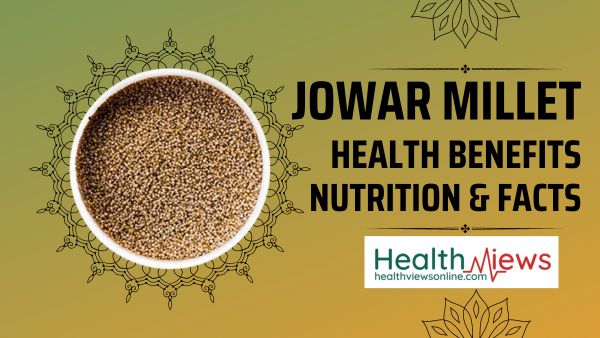
FOXTAIL MILLET
Foxtail millet is a small-grain millet that is grown in China, India, and parts of Southeast Asia. It is a rich source of protein, dietary fiber, and essential minerals such as iron and magnesium. Foxtail millet is gluten-free and has a low glycemic index, making it an excellent food for people with celiac disease, diabetes, or those trying to lose weight. It has a mild, nutty flavor and is often used to make porridge, pilaf, and flatbreads.
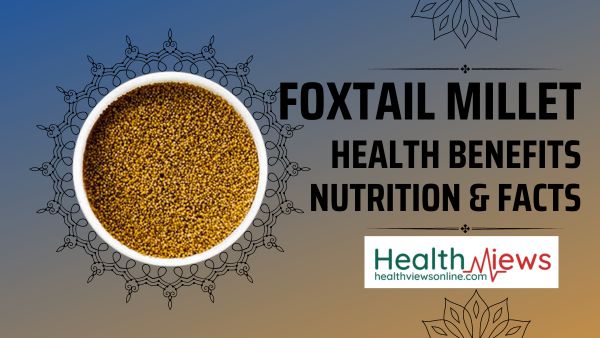
PROSO MILLET
Proso millet, also known as white millet, is a small-grain millet that is grown worldwide. It is a rich source of protein, dietary fiber, and essential minerals such as iron, magnesium, and phosphorus. Proso millet is gluten-free and has a low glycemic index, making it an excellent food for people with celiac disease, diabetes, or those trying to lose weight. It has a mild, nutty flavor and is often used to make porridge, bread, and flatbreads.
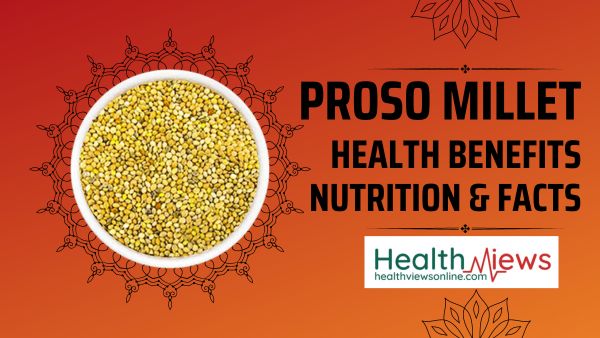
BARNYARD MILLET:
Barnyard millet, also known as shyama in Hindi, is a small-grain millet that is widely grown in India, Nepal, and parts of Southeast Asia. It is a rich source of protein, dietary fiber, and essential minerals such as calcium, phosphorus, and iron. Barnyard millet is gluten-free and has a low glycemic index, making it an excellent food for people with celiac disease, diabetes, or those trying to lose weight. It has a mild, nutty flavor and is often used to make porridge, idli, dosa, and upma.
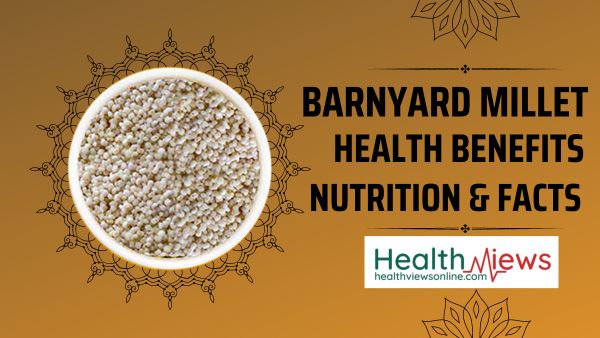
Little Millet:
Little millet, also known as samai in Tamil, is a small-grain millet that is widely grown in India and parts of Southeast Asia. It is a rich source of protein, dietary fiber, and essential minerals such as iron, calcium, and magnesium. Little millet is gluten-free and has a low glycemic index, making it an excellent food for people with celiac disease, diabetes, or those trying to lose weight. It has a nutty flavor and is often used to make porridge, upma, and dosa.

PEARL MILLET:
Pearl millet, also known as bajra in Hindi, is a cereal grain that is widely grown in India and parts of Africa. It is a rich source of protein, dietary fiber, and essential minerals such as iron, magnesium, and phosphorus. Pearl millet is gluten-free and has a low glycemic index, making it an excellent food for people with celiac disease, diabetes, or those trying to lose weight. It has a nutty flavor and is often used to make flatbreads, porridge, and gruel.
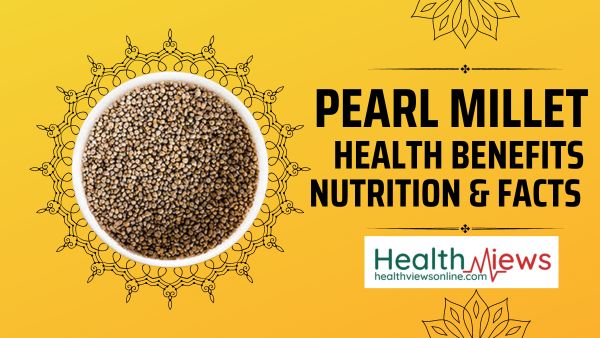
BROWN TOP MILLET:
Brown top millet, also known as korle in Kannada, is a small-grain millet that is widely grown in India and parts of Southeast Asia. It is a rich source of protein, dietary fiber, and essential minerals such as iron and magnesium. Brown top millet is gluten-free and has a low glycemic index, making it an excellent food for people with celiac disease, diabetes, or those trying to lose weight. It has a mild, nutty flavor and is often used to make porridge, idli, dosa, and upma.

OTHER TYPES OF MILLETS:
Apart from the above-mentioned different types of millets, there are several other varieties of millets that are grown and consumed around the world. These include finger millet, little millet, foxtail millet, pearl millet, barnyard millet, and brown top millet. These millets are all gluten-free, rich in fiber, protein, and essential minerals, and have a low glycemic index, making them an excellent food choice for people with dietary restrictions or health concerns. They are also versatile and can be used in a variety of dishes, including porridge, flatbreads, pilaf, and soup.
2023 – International Year of the Millets
Also, Read All about Flexitarian Diet: A Detailed Guide on Flexitarian Diet for Beginners!


